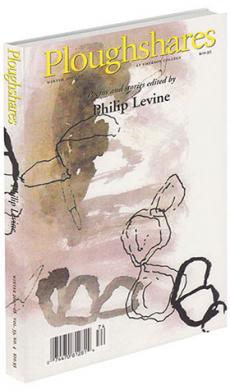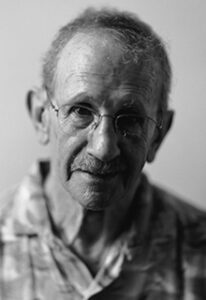rev of. The Memoir and the Memoirist by Thomas Larson
The Memoir and the Memoirist, literary criticism by Thomas Larson (Swallow): Unlike its parent, autobiography, memoir doesn’t seek to tell the story of the writer’s entire life but rather focuses on a well-defined period, event, or crisis. Nor does the memoirist need to be a VIP. What the resulting literary work loses in historical importance or epic grandeur, it gains in the poetry of detail and meditation. As Thomas Larson repeatedly reminds us, the true drama of the memoir comes from the tension between the writer’s two selves—the self who experienced whatever story is being recounted and the self who is recounting and interrogating that experience from the safe (and not-so-safe) remove of time and space.
As post-modern as this enterprise seems to be, Larson is careful to draw the line between exploring the nature of truth and memory and copping to the cynical belief that nothing like truth exists. Despite the difficulty of keeping track of the changing versions of an event that emerge from looking back on it repeatedly or comparing one’s memory to documents from the period or to a parent’s or sibling’s version of the same event, that’s the very heart of the memoirist’s project.
Larson applies his methods to some of the finest examples of the form, with exhilarating analyses of works by writers as diverse as Virginia Woolf, Frank McCourt, Mary Karr, Mark Doty, Dave Eggers, Andrew Hudgins, Maxine Hong Kingston, and Rick Bragg. The result is a book that deserves the attention of literary scholars and anyone attempting to add his or her own contribution to the genre.
That said, Larson suffers from a misguided generosity of spirit that leads him to lump Mitch Albom, Alice Sebold, and the students in his memoir group with the luminaries mentioned above. And he should be wary of borrowing the prose of the self-help movement, with its reliance on Campbell-esque "mythic journeys" and vague buzz-words such as "core values" and "codependence," not to mention his use of "suiciding" as a verb and "male death-events" as a noun when describing the propensity of the men in one student’s life to kill themselves.
Larson also goes wrong when he expands his definition of memoir to include any nonfiction writing in which the writer interacts with his or her material, even if that material is rooted in current events or on-going research. The mere presence of an "I" doesn’t make a book a memoir; and such a system of classification would leave the slot for creative nonfiction empty except for John McPhee’s numbingly impersonal output during his Rocks in Alaska Period. Larson’s suggestion that if you spend a year rebuilding homes in New Orleans, you should be sure to describe your own homelessness and reflect on "the meaning of displacement, or alienation, in your life" makes me want to scream: "No! Sometimes a book of literary nonfiction is not about the writer!"
Larson’s indulgences when discussing students’ memoirs (and sometimes his own) are more than offset, however, by the eloquence and intelligence of his close readings of the works of professionals such as Alfred Kazin, Mary McCarthy, Annie Dillard, James McBride, and James Atlas, and his persuasive final chapter about the role of the seemingly authentic American voice in contemporary memoir and our desire to be comforted and reassured in this, "the age of terror." As Larson perceptively puts it, "memoir’s genius" just might be "to use its intimate-sounding voice, so culturally recognizable already, to cast doubt on the easy believability of that voice." —Eileen Pollack
Eileen Pollack’s new collection of stories and novellas, In the Mouth, is forthcoming from Four Way Books. Her textbook/anthology Creative Nonfiction (Thomson/Wadsworth) is due out in January 2009.

